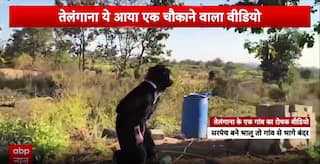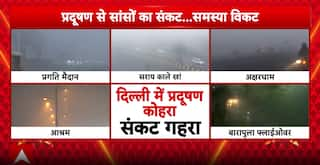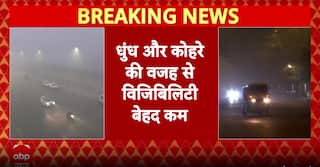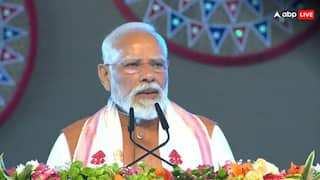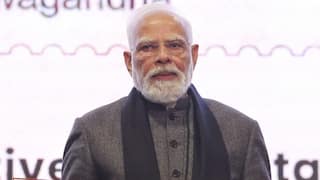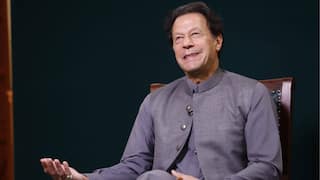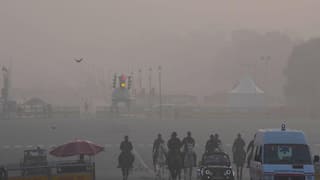Explorer
Fake news on the rise: Here’s what you can do
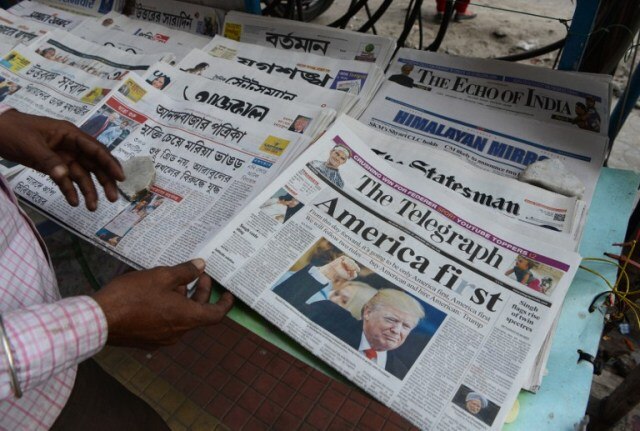
Right now, if you were a political news junkie, you would be right in believing that there are only two people in the world who are the lightning rod for either all things dreadful or all things good. President Donald Trump in the US and Chief Minister Yogi Adityanath in Uttar Pradesh are dominating pretty much all the headlines in the digital and traditional media space.
It is very difficult to find news or opinion that presents the facts, as they exist, and allow us, the readers, to make up our minds. Most of what we are consuming is driven by views, and those views are blatantly partisan – either veering towards blind worship or blind hatred. And, most of us gravitate towards news that we instinctively find the most in sync with our own worldview.
A lot has been written about echo chambers , but associated with the problem of echo chambers is also the concept of fake news. Fake news works because those of us who live in echo chambers believe it is plausibly true.
In the last year, there has been a growing awareness of the phenomenon of ‘fake news’. While fake news means different things to different people, and has become a convenient brush to tar views one disagrees with, at its core fake news is based on lies.
For example, one of the most famous lies in the last year’s US election was that Democratic candidate Hillary Clinton was allegedly running a child abuse ring from a pizza outlet. Popularly termed #Pizzagate, the accusation went viral and was believed by enough number of people. Evidence or proof did not matter, what mattered was their belief that this was the ‘truth’.
The same is the case here. On Sunday, a Pakistani handle on Twitter posted a picture of a building on fire and alleged it was that of a mosque burning in Allahabad. It turned out to be a picture from Myanmar. While there were several people who pointed out this simply didn’t happen, there were possibly enough people who believed the Pakistani handle. Because this is the kind of behaviour they expect from the new Government, and the fanciful story confirmed their existing biases.
News is now less about facts and more about beliefs that something may be true. The Oxford English Dictionary declared post truth to be the phrase of the year and said, it is “an adjective defined as ‘relating to or denoting circumstances in which objective facts are less influential in shaping public opinion than appeals to emotion and personal belief’.
We believe things not because we have read the facts and come to the conclusion that it is the truth, but because we listen to emotional appeals on why it might be true. It is the classic Bollywood mother trope, where the mother tells the judge that her son is innocent because the mother’s heart says he is innocent; and the judge, in true Bollywood style, leaves aside the evidence to pronounce the man innocent. And here this blogger is less sure about whether this scene was actually scripted and enacted in a Hindi film, but her heart tells her that this very likely could have been a scene in a film.
So, the big question for all of us is how do we get to know the truth in a world where everyone with a smart phone is a potential broadcaster, albeit to audiences of different sizes? Is it upon us, the readers and viewers, to sit and verify everything that we read and see? What can we do to prevent ourselves from being fooled?
The first thing is to wait before sharing all pieces of shocking news. The more shocking/wonderful the news is, the more likely it is to be false. A Whatsapp forward making the rounds over the weekend spoke about the Government’s move to make a 30% year on year salary increase compulsory. Wishful thinking, but most likely untrue. Just as the ‘news’ of the mosque-burning was fake news.
Second, when you find a piece of news to be fake, do tell people in your social groups it is fake. It may make them be more careful while sharing content. And finally, consume news from various sources, even on social media. Try and see if they can be sources with different biases from your own. The truth is somewhere between the source you read and the other sources. And, it really doesn’t matter if you read Left, Right or Centre sources – if you stick to one source, you are likely to get only one side of the narrative and that can be, at best, a partial truth.
(Harini Calamur is a writer, teacher and film-maker)
(Writer tweets at @calamur)
Disclaimer: The opinions, beliefs and views expressed by the various authors and forum participants on this website are personal and do not reflect the opinions, beliefs and views of ABP News Network Pvt Ltd.
Follow Blog News on ABP Live for more latest stories and trending topics. Watch breaking news and top headlines online on ABP News LIVE TV
View More









